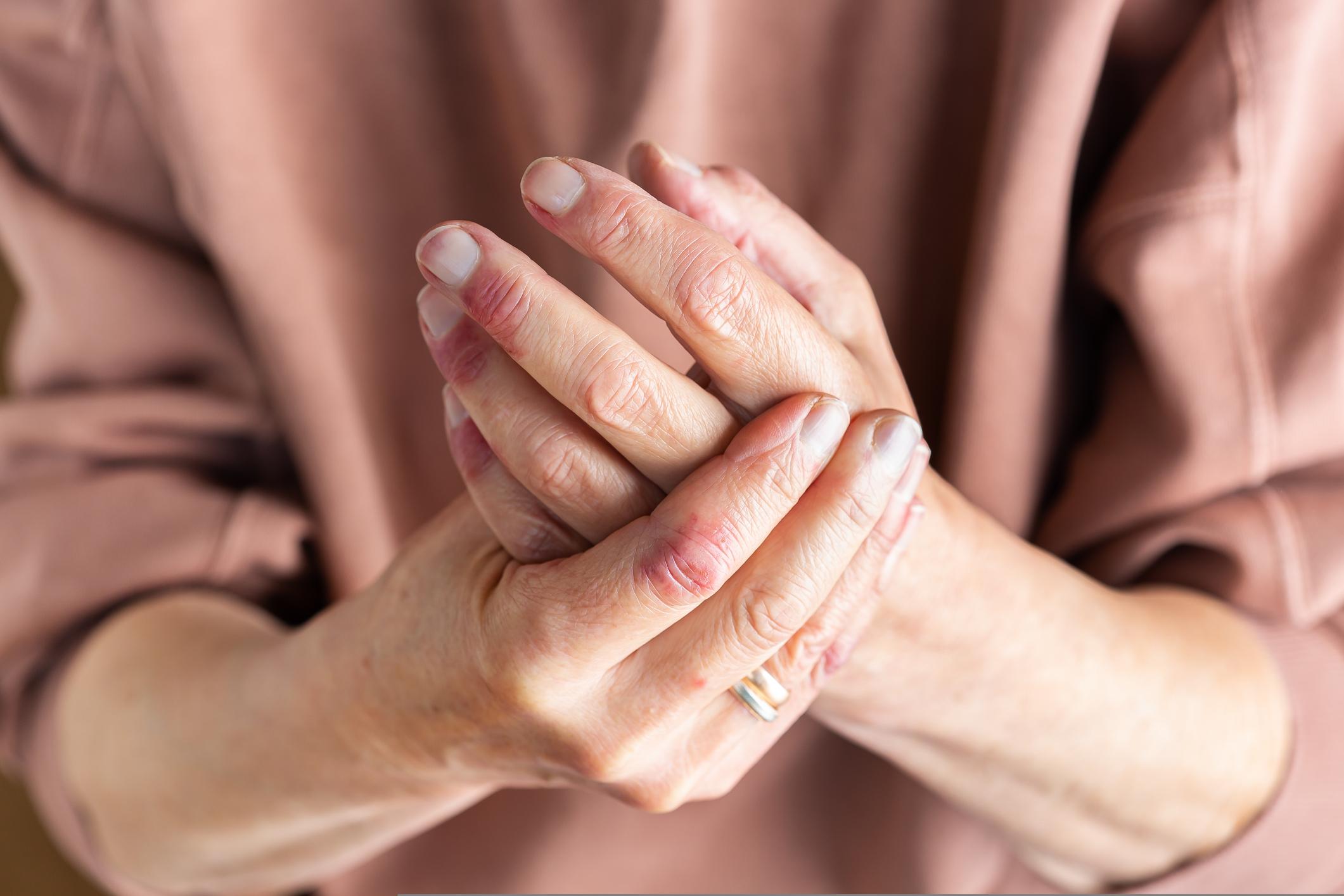During the TF1 morning show, Doctor Vincent Valinducq, general practitioner, warned of the risks of a grandmother’s method to treat whitlow, a bacterial infection.

- Panaris is a bacterial infection affecting a finger or toe.
- Staphylococcus aureus is most often the cause of whitlow.
- If left untreated, a whitlow can develop into an abscess.
Common in people who tend to “eat” or tearing off their skin around the nails, whitlow is a cutaneous and subcutaneous infection of a finger. It can also occur after injury or trauma to the nail, which results in an open wound. Bacteria can then penetrate the skin barrier and cause an infection.
How to recognize a whitlow?
Most often caused by Staphylococcus aureus, whitlow is generally located around the edge of a nail and under the nail, or at the level of the fingertip. This bacterial infection initially results in inflammation of the finger or toe. The manifestations depend on its location. The skin around the nail becomes red and hard when the whitlow is located in this area while the skin is red, hot and slightly painful if it develops on the pad of the finger.
If left untreated, a whitlow can develop into an abscess. In this context, the skin becomes firm, but is softened in the center due to the presence of pus, and the pain is more intense. The patient may also experience fatigue as well as fever. Faced with this clinical picture, it is recommended to consult a doctor quickly, who will provide treatment. Do not try to pierce the whitlow yourself, as this could cause secondary infection.
What are the treatments for a whitlow?
On the Internet or social networks, grandmother’s methods can sometimes be put forward to treat small everyday ailments, such as whitlows. In the show Good morning ! The Morning TF1, Doctor Vincent Valinducq, general practitioner, warned against bathing your fingers in bleach. This method is dangerous because the product can irritate or even burn the skin of the finger.
In the context of a whitlow without abscess, it is recommended to perform antiseptic finger baths several times a day and to monitor the progress of the infection. Taking painkillers may be indicated to reduce pain. During his intervention, the doctor also recommended carrying out a “doll” between baths. The patient can surround the wound with a compress soaked in antiseptic to bandage the finger and thus protect it from pathogens.
In the event of an abscess, the patient is referred to a surgeon, who will excise the infected area. “The wound is not sutured, it is left open and covered with a fatty dressing. The first treatment carried out the day after the operation confirms the disappearance of local infectious signs, and is followed by daily dressings until complete healing, generally achieved in one to two weeks.explain Ameli Healththe Health Insurance platform.

















